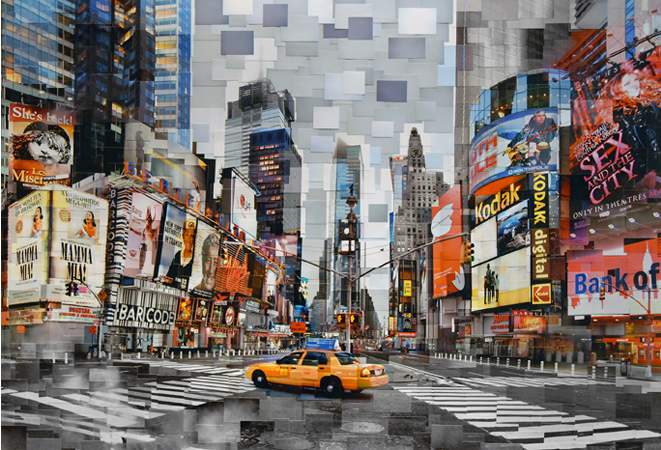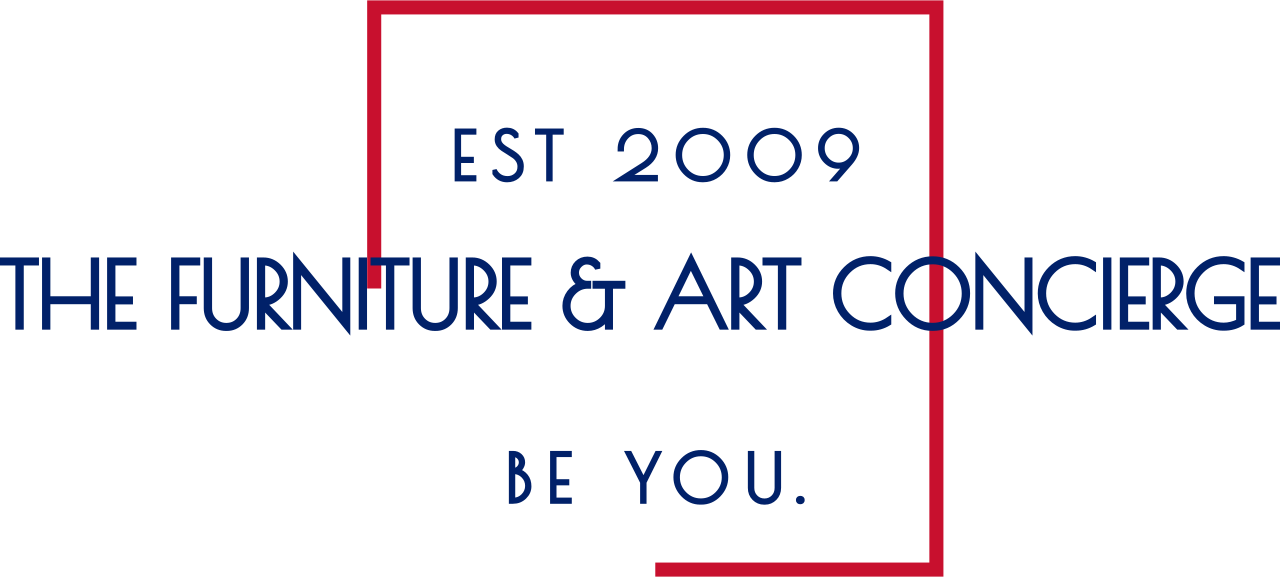 New York #2, 2006/7 "Ross Kelly" By Elliot J. Nitkin
et me ask you a simple question. Where are you at this very moment? I don’t just mean physically, I mean where is your existence being felt at this very moment? You might presently be at home or in the office reading this but is your corporeal being the sum total of your life? You have a cerebral being that affects those with whom you have contact, especially in the age of social media. You have a physical presence that leaves a mark on the city in which you live. In the modern internet age where many people live in large cities, no one needs to be inconsequential. If you post your thoughts to the internet, meet people on whom you have an impact and leave items on city streets whether they should be there or not, you are not just where ever you are at this very moment, you exist on a multi-dimensional level: in both the physical and cerebral realms. Such is the basis in thinking for Ross Kelly a photographic artist originally from Ireland who now resides in Vancouver. Raised in a little town north of Dublin, he went to London to study (or as they say in England read) geology. However he decided after two years that this was not what he wanted and changed to psychology in which he received a degree. These two pivotal choices though are reflected in his art. The creation of his art is no small matter physically. Each little piece is a separate photograph chosen with great care from dozens like it and then added to others in a collage style. Yes you read that correctly, he literally shoots thousands of pictures to make one montage. His motivation for a piece can begin in an instant, stemming from viewing a scene that in the moment captures his total imagination. He will shoot it and so begins the creative process. He then photographs the same spot repeatedly at different times of the day and over a few seasons so that he can choose the best representation of that one small detail at the time of day in which it most strongly catches his interest. This is a daunting task in its own right to be sure, but an even greater task awaits him as he widdles down his choices before printing each cube separately to be added to the final piece of artwork. One only needs to look at Ross’ work to realize that it is about something more than decoration. I could use statements that his work has “exceptional movement”, that one gets a sense that the clouds actually move in his still life. This is certainly all true. But his work is really about intellectualizing our reality through an artistic experience and then creating a photographic book about our cities. For decoration there are millions of black and white photographs of calla lilies and other subject matter and yes they are often wonderfully presented. Ross however is trying to engage the viewer in a conversation about his or her life and the functionality he sees happening in our cities, which really is there when you think about it. If there is any emotion he is trying to invoke in the viewer, it is the comfort of knowing that any aspect of our lives can be different at different times and our impact on our surroundings can be felt regardless of our presence. Cities are bustling entities. They provide a living and working environment for millions of people and yet, for the most part anyway, we manage to live and thrive beside each other, albeit with some tragedy and heart break. This is a truly remarkable experience in human history; so many people living in North America, Europe, Asia and Africa without war. Yes there is still too much of it in certain parts of the world, I am not naive about that fact. But think about how many places in the world where war and strife is no longer an issue and then spend some time standing in front of Ross’ work. You will have good cause to contemplate the fluidity of compromise that can exist successfully between vastly different individuals, and which, when portrayed in art, can amaze you as subject matter by being expressed in artwork that is otherwise a still image. An historical document presented as a still life. There is much precedence for the use of photographs for this purpose. Photojournalists in the sixties and seventies created this concept and used this art form to tell the story of their modern city. Their pictures were often black and white and grainy and conveyed a city structure in change and turmoil. In our modern era, our thoughts, hopes and dreams are transmittable – if not actually transmitted – if we so desire in milliseconds around the world. Most of us look at our cities and try in some manner to positively impact them with some sense of our individuality, an endeavor more successfully achieved when our personal agenda creates a shared conclusion. But maybe the greatest concern in our technological age should be for the truth. The truth it would seem is one facet of humanity that we can “airbrush” literally or figuratively on a whim. Everything today is susceptible to manipulation: fashion pictures, reality, the truth, body perception. Even our self-perception can be willfully diluted to our own considerable detriment. Ross purposefully shows us a reflection of our cities as they are and can be seen to challenge our perception of ourselves. Much like in the book “Invisible Cities” by Italo Calvino (a personal favourite of Ross’), Marco Polo spends alot of time talking about the world he has seen, but as a metaphor: he is really talking about the city in which he lives, in many different ways. The story is an imaginary ongoing conversation between Marco Polo and Kublai Khan about the reality of Khan’s growing empire, but really it is all about HOW he imagines it to be from the stories he gets through those who attend him at court. After spending some time with Ross Kelly’s work, one has to wonder how much of our reality is seen through our eyes, and how much of it is interpretation as we understand it from others. Ross’ work is on display right now at Art Beatus in downtown Vancouver. |
|
|




